With its temperate Mediterranean climate and diverse wine regions stretching from the arid north to the fertile central valleys, Chile’s wine industry is renowned for turning these environmental blessings into consistently good, interesting wines that are in demand around the globe; last year, Chile was the fourth biggest wine exporting country in the world. Known for decadent reds like Cabernet Sauvignon and Merlot and zesty whites like Sauvignon Blanc, there’s something for the average drinker, as well as under-the-radar natural wine producers and experimental vintners working with obscure grape varieties or aging methods to change up the scene. While living in Chile, I soaked it all in, especially luxuriating in the extremely budget-friendly prices. I could always find top-notch Carménère or Cab Sauv for dirt-cheap; I could even enjoy Chile’s boxed wine, a true achievement after so many disastrous encounters with Franzia in college. But after moving back to the States, I struggled to find good Chilean wines that weren’t boring or priced way out of my budget. It’s been a personal quest to find the best and most affordable Chilean wines available in the States, and after much searching and drinking, I’ve identified some consistent, budget-friendly favorites around the $10 range:
Cachai Chardonnay
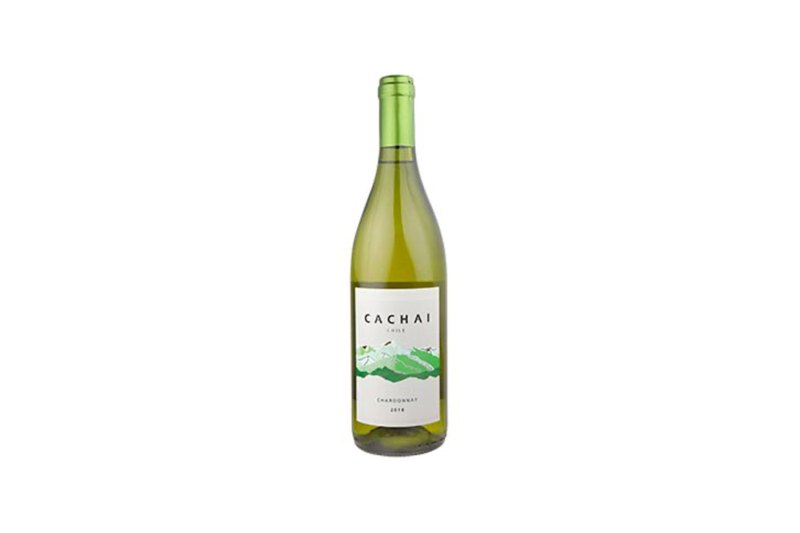
Whenever I pay a visit to Trader Joe’s, I always pick up a bottle of this $3.99 wine to keep on hand. Hailing from the central valley, it’s a medium-body, well-balanced wine with notes of melon, apple, and lemon. Taste-wise, you’ll detect green apple, as well as lemon or lime, melon, and other citrus fruits. It’s not overly complicated, but thanks to the acidity, it tastes great and goes down incredibly easy. For the price point, one would be suspicious, but it’s a very well put together wine that definitely beats out Trader Joe’s cheapest options. Plus, the name tickles me; in Chile, cachai (which means to catch) is local slang, used at the end of sentences as a way to “you catch my meaning?” Any wine that makes reference to something that uniquely Chilean is good in my book.
Root: 1 Carménère
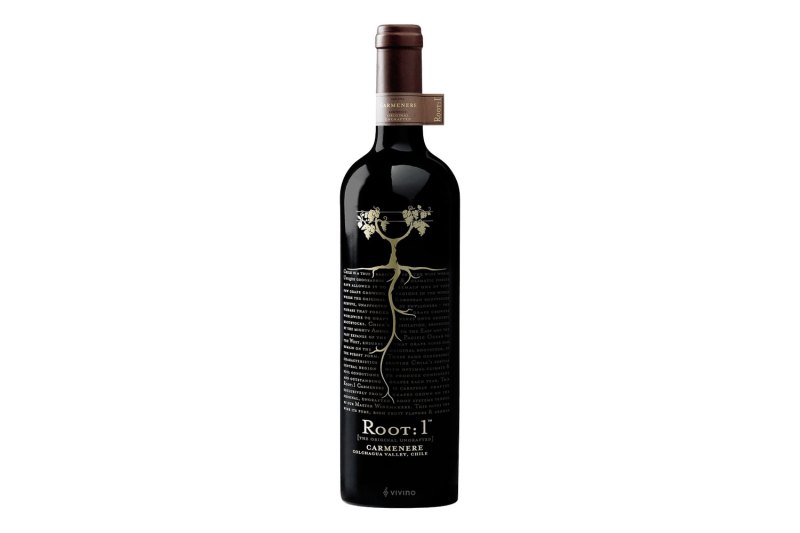
Carménère is king in Chile. While similar to a Cab Sauv, there are some key differences, like a medium body, fewer tannins for a softer mouthfeel, and more varied, nuanced flavors, with the primary fruity notes of cherry or raspberry juxtaposed by smoky, spicy hints of tobacco or dark chocolate. Of the Chilean Carménères that are exported to the States, I find that one of the best that doesn’t break the bank is the Root: 1 Carménère, which hails from the Colchagua Valley in central Chile. Colchagua produces some of the best red wines in Chile, and Root: 1 is no different, tasting of blackberry and plum with fresh green bell peppers and spices to add some nice zest. Generally retailing around ten dollars, the wine is packaged in a sleek, attractive glass with an artfully drawn tree and root system as the cover design.
Santa Rita 120 Sauvignon Blanc
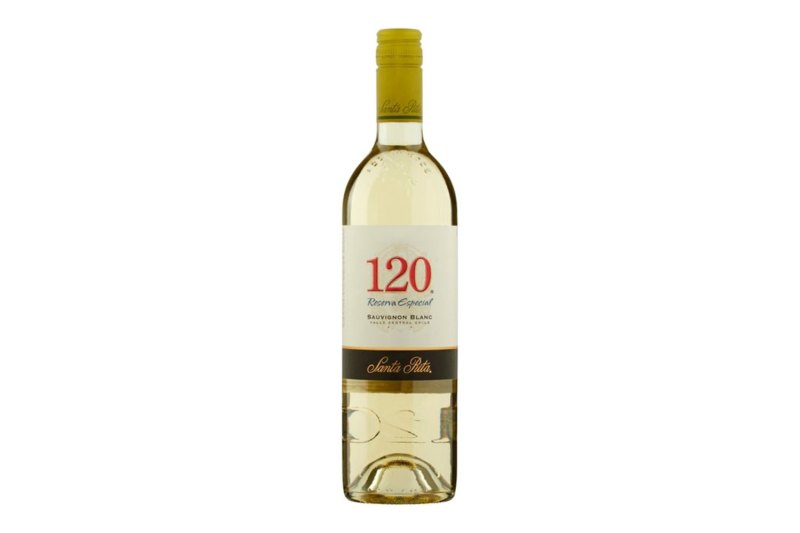
In Chile, Santa Rita is a classic table wine; highly affordable but still of good quality. So imagine my surprise to find that here in the States, it was still one of the most affordable wine brands available from Chile, retailing between five to ten dollars at the stores where I’ve found it. The brand’s offerings are good across the board, but for me, I always enjoy a chilled glass of its crisp Sauvignon Blanc. Light-bodied and refreshing, on the nose, it smells of citrus fruits like grapefruit or lemon, with herbaceous undertones, and taste-wise, its primary impression is of tropical fruits, peach, and citrus. Nicely balanced and smooth, it goes well with seafood, salad, and pasta; I personally recommend enjoying it chilled, sitting outside, during the golden hour.
Santa Rita 120 Carménère
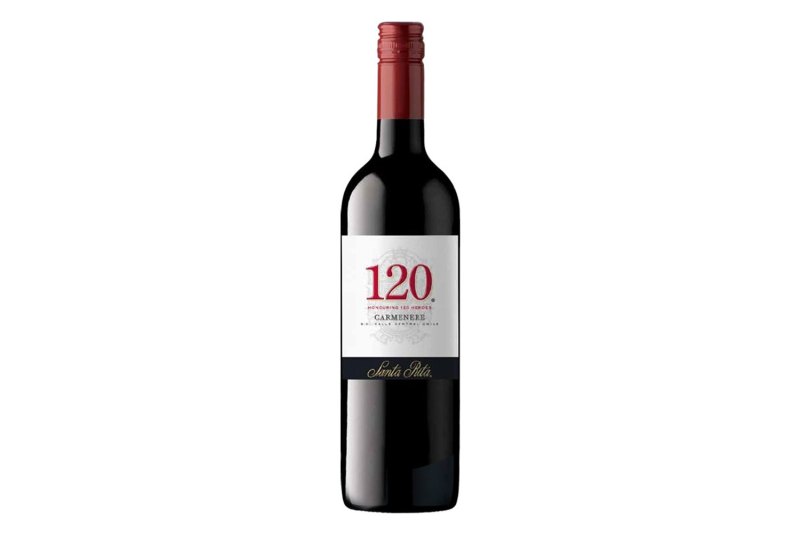
Another Santa Rita favorite is its 120 Carménère bottle, which I’ve been able to find for under ten dollars (usually around $7.99). A dry wine with a mellow finish, you’ll detect strong notes of ripe fruits like black currant, raspberries, and blackberries, along with spices, oak, and vanilla to balance out the fruit. The mild, smooth tannins make it a very easy, accessible red to drink and enjoy, especially with meat dishes and robust cheeses.
Concha y Toro Casillero del Diablo Cabernet Sauvignon
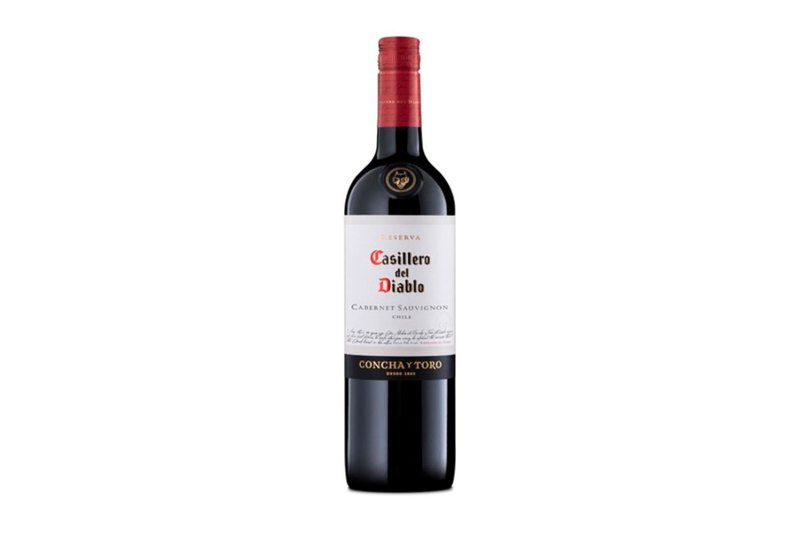
It wouldn’t be a round-up of Chilean wines without a Cabernet Sauvignon. Casillero del Diablo is one of the most well-recognized and popular Chilean wine brands in the world, so when I’m missing something that’s quintessentially Chile, I turn to this dynamite of a big, bold red: their Cabernet Sauvignon. With a dense ruby color and heavy swirl, it encapsulates everything a Chilean Cab Sauv should be: full, dry, perfectly balanced, and rich in aroma and flavor, tasting of dark fruits and berries like cherries and black currants and counterbalanced by vanilla. And it’s a total steal at around ten dollars.



